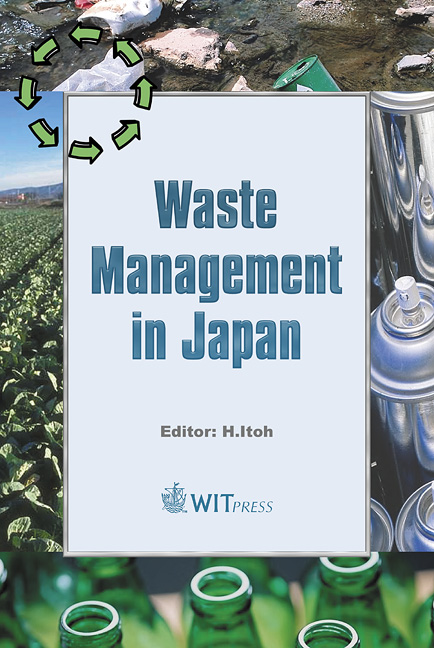Application Of Waste Plastics To Electric Furnaces For Steel Making As Thermal And Carbon Sources
Price
Free (open access)
Transaction
Volume
79
Pages
10
Published
2004
Size
1,258 kb
Paper DOI
10.2495/WMJ040161
Copyright
WIT Press
Author(s)
I. Naruse , T. Kameshima & H. Omori
Abstract
This study develops technology of effective utilization of the waste plastics instead of some parts of coke supplied in electric furnaces for steel making. In order to perform this technology for practical electric furnaces, it is necessary to solve such problems as difficulty of thermal supply to the molten iron and increase of thermal load in the downstream of the furnace due to high reactivity with the plastics. From these viewpoints, first, reaction rates of several types of plastics were measured under the pyrolysis and combustion conditions. Next, the methods to decrease the reaction rate of the plastics were experimentally studied, changing such parameters as size of the plastic pellet, mixing fraction of waste iron material in the pellet, the reaction atmosphere and the furnace temperature. Additionally, compositions of the pyrolized gases and total amounts of both soot and tar produced were analyzed. The results show that both the pyrolysis and combustion characteristics depend on the types of plastics, the pellet size and the mixing fraction of the waste iron in the pellet. The area index proposed in this study can estimate the reaction rate of the practical size of pellet used in the electric furnace. The gases produced from the waste plastics can be utilized as the thermal sources, while both the soot and char produced may contribute to the carbon source in the molten iron. Keywords: waste plastics, electric furnace for steel making, thermal recycle.
Keywords
waste plastics, electric furnace for steel making, thermal recycle.




